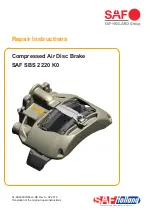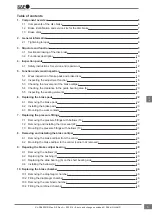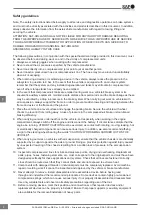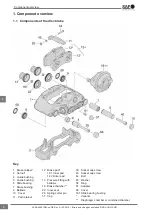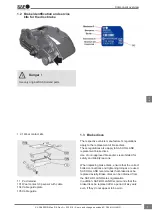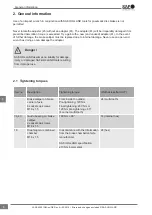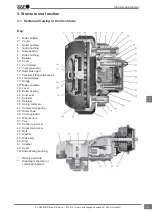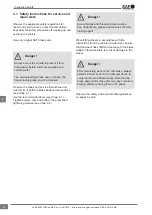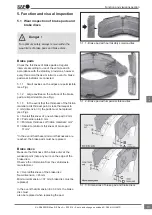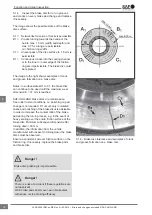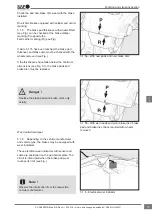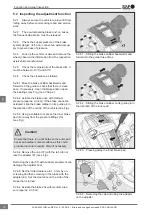Reviews:
No comments
Related manuals for SBS 2220 K0

C300
Brand: Calistair Pages: 44
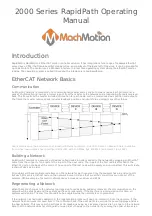
2000 Series
Brand: MachMotion Pages: 33

PPT
Brand: OfiTE Pages: 21

Deluxe
Brand: Earthlite Pages: 4

Deluxe
Brand: YATEK Pages: 78
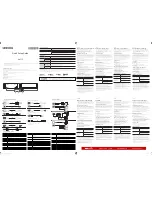
SH37F
Brand: Samsung Pages: 2

INFERNO
Brand: JB Systems Pages: 12

2370
Brand: Rain-Flo Irrigation Pages: 16

AD Series
Brand: Federal Signal Corporation Pages: 4

GS2
Brand: ParaBody Pages: 7

1352
Brand: Samson Pages: 2

TE-50
Brand: Lafayette Pages: 10

KT-2
Brand: WARPP Pages: 28
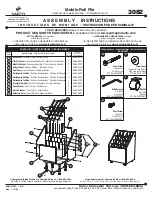
3082
Brand: Safco Pages: 2

ARCHISHAPE 2.0 Linear
Brand: Osram Pages: 7

ARROW 700 WASH
Brand: Sagitter Pages: 12

TorqueTM 3
Brand: Invacare Pages: 271

AURICA PRO
Brand: B-Safety Pages: 2

